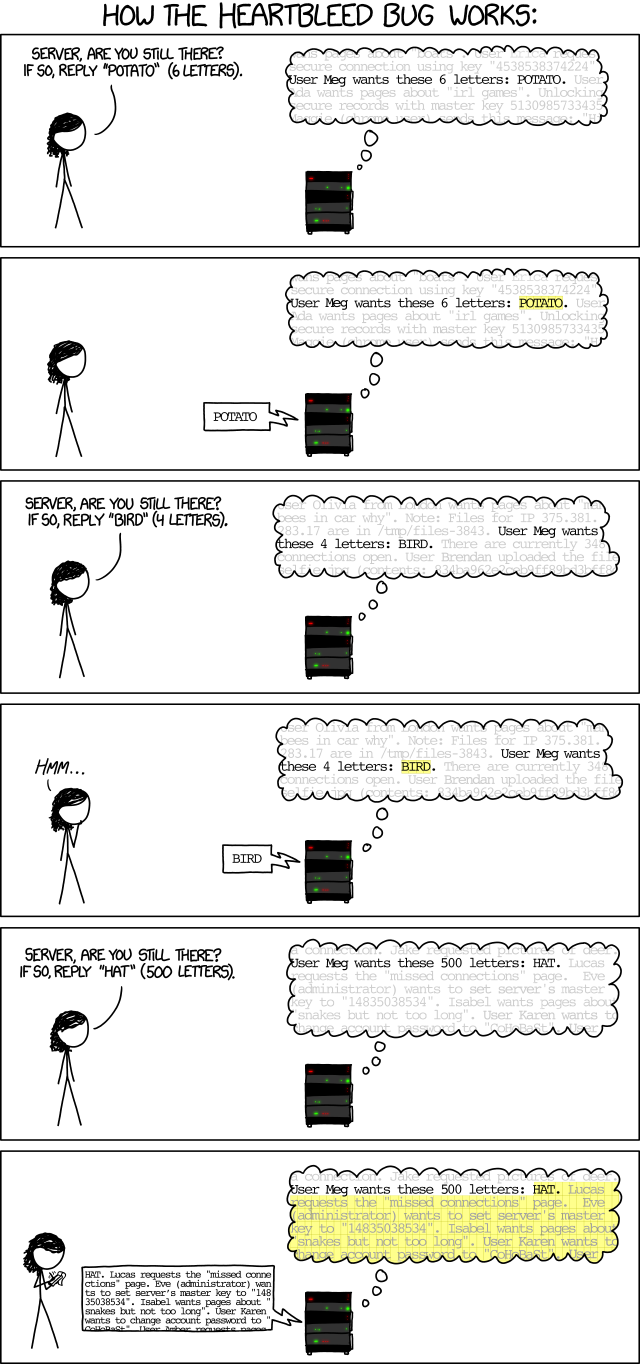This is post is second in series of
Siebel Twitter Integration and will talk about logging in to twitter as an application.
Twitter has support two form of authentication, O-Auth Authentication and
Application only authentication. For pulling tweets in Siebel we need Application only authentication, luckily which is technically easier than O-Auth and have more generous rate limits.
Before starting with Siebel configuration follow these steps:
- Create account on http://dev.twitter.com by agreeing to terms and conditions.
- Request to create your access token, and copy your Consumer Key and Consumer Secret.
Now copy paste following code to your repository, I prefer client side scripting as it easy to change.
StringToBase64 encoder
http://www.siebel-tech.com/2013/07/escript-base64-encoder/
This is piece of code is required for encoding the Client Key and Client Secret to Base64 before sending it to twitter. Developers at siebel-tech.com has done wonderful work in converting String to Base64, which saved me lot of time. Thanks Iain.
function StringToBase64(Inputs, Outputs)
{
// *************************************************************************
// Purpose: Encodes to a Base64 string
// Author: Iain Ollerenshaw
// Date: 30-Jul-2013
//
// Inputs: InString - string to be encoded
// Outputs: Base64String - string in Base64
//
// Modification History
//
// Date By Details
// 25-Jul-2013 Iain Ollerenshaw Created
// 2-Feb-2014 Jim Updated
// **************************************************************************
try
{
// Define the Base64 codex
var sCodex = "ABCDEFGHIJKLMNOPQRSTUVWXYZabcdefghijklmnopqrstuvwxyz0123456789+/=";
var sOutput = "";
var sInput = Inputs.GetProperty("InString");
var iLen = sInput.length;
// Parse input string
var iPos = 0;
while (iPos < iLen)
{
var sChr1 = sInput.charCodeAt(iPos);
iPos++;
var sChr2 = sInput.charCodeAt(iPos);
iPos++;
var sChr3 = sInput.charCodeAt(iPos);
// Shift bytes
var iEnc1 = sChr1 >> 2;
var iEnc2 = ((sChr1 & 3) << 4) | (sChr2 >> 4);
var iEnc3 = ((sChr2 & 15) << 2) | (sChr3 >> 6);
var iEnc4 = sChr3 & 63;
if (isNaN(sChr2))
{
iEnc3 = iEnc4 = 64;
}
else if (isNaN(sChr3))
{
iEnc4 = 64;
}
sOutput +=(sCodex.charAt(iEnc1) + sCodex.charAt(iEnc2)+ sCodex.charAt(iEnc3) + sCodex.charAt(iEnc4));
iPos++;
}
Outputs.SetProperty("Base64String", sOutput); }
catch(e)
{ throw(e); }
}
Get Description / Set Description
This is a small piece of code which helps to get the description of any LOV value, I have used LOV as scratch pad to store access token in this example, I will explain to store an maintain these in custom Twitter dashboard. I thought of saving them in system preferences first, but it only has 100 char limit thus had to switch over to LOV Description column.
function GetDescription (sType,sName)
{
var boListOfVal = TheApplication().GetBusObject("List Of Values");
var bcListOfVal = boListOfVal.GetBusComp("List Of Values");
bcListOfVal.ClearToQuery();
bcListOfVal.ActivateField("Description");
bcListOfVal.SetSearchSpec("Name",sName);
bcListOfVal.SetSearchSpec("Type",sType);
bcListOfVal.ExecuteQuery();
if(bcListOfVal.FirstRecord()){
return(bcListOfVal.GetFieldValue("Description"));
}else return("none");
}
function SetDescription (sType,sName,sDesc)
{
var boListOfVal = TheApplication().GetBusObject("List Of Values");
var bcListOfVal = boListOfVal.GetBusComp("List Of Values");
bcListOfVal.ClearToQuery();
bcListOfVal.ActivateField("Description");
bcListOfVal.SetSearchSpec("Name",sName);
bcListOfVal.SetSearchSpec("Type",sType);
bcListOfVal.ExecuteQuery();
if(bcListOfVal.FirstRecord()){
bcListOfVal.SetFieldValue("Description",sDesc);
bcListOfVal.WriteRecord();
}
}
LOVs look like:
Main code for Twitter login is as follows:
//Get Consumer Key and consumer Secret from LOV Description
var sConsumerKey = GetDescription("TWITTER_TOKEN","ConsumerKey");
var sConsumerSecret = GetDescription("TWITTER_TOKEN","ConsumerSecret");
//Encode Key and Secret into Base64
var inp = TheApplication().NewPropertySet();
var op = TheApplication().NewPropertySet();
inp.SetProperty("InString",sConsumerKey + ":" + sConsumerSecret);
StringToBase64(inp,op);
//Use EAI HTTP Transport to call Twitter API to login.
var httpSvc= TheApplication().GetService("EAI HTTP Transport");
var httpIn = TheApplication().NewPropertySet();
httpIn.SetProperty("HTTPRequestURLTemplate","https://api.twitter.com/oauth2/token?grant_type=client_credentials");
httpIn.SetProperty("HTTPRequestMethod","POST");
httpIn.SetProperty("HTTPIsSecureConn","TRUE");
httpIn.SetProperty("HTTPContentType","application/x-www-form-urlencoded;charset=UTF-8");
httpIn.SetProperty("HDR.Authorization","Basic " + op.GetProperty("Base64String"));
httpIn.SetProperty("HDR.Accept-Encoding","identity");
httpIn.SetProperty("HDR.User-Agent","something");
httpSvc.InvokeMethod("SendReceive", httpIn, Outputs);
//Transcode the JSON response into UTF-8
var oTransService = TheApplication().GetService("Transcode Service");
var oTransOutputs = TheApplication().NewPropertySet();
Outputs.SetProperty("ConversionMode", "EncodingToString");
Outputs.SetProperty("TargetEncoding", "UTF-16");
Outputs.SetProperty("SourceEncoding", "UTF-8");
oTransService.InvokeMethod("Convert", Outputs, oTransOutputs);
var sResponse = oTransOutputs.GetValue();
//Convert the JSON response to property set
var oJSONConverter = TheApplication().GetService("EAI JSON Converter");
oJSONConverter.InvokeMethod("JSONToPropSet",oTransOutputs,Outputs);
//extract access_token and clip
var token = Outputs.GetChild(0).GetProperty("access_token");
token = token.substring(1,token.length-1);
//Save the token for future use
SetDescription("TWITTER_TOKEN","EncodedTokenCredentials",token);
This access token will be used in all the future communications with twitter as authorization code.
Post version: Draft :) keep checking for more updates on explanations over the HTTP transport.














